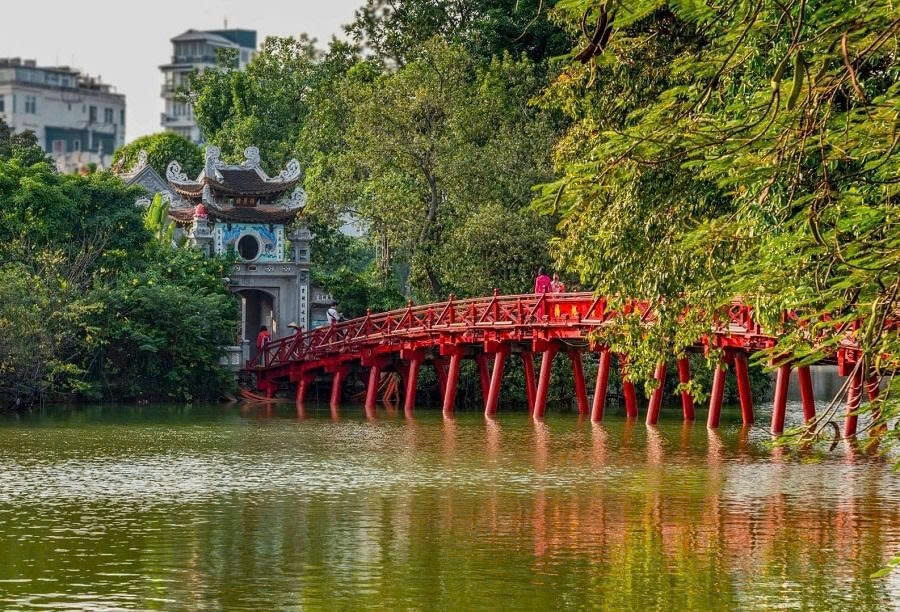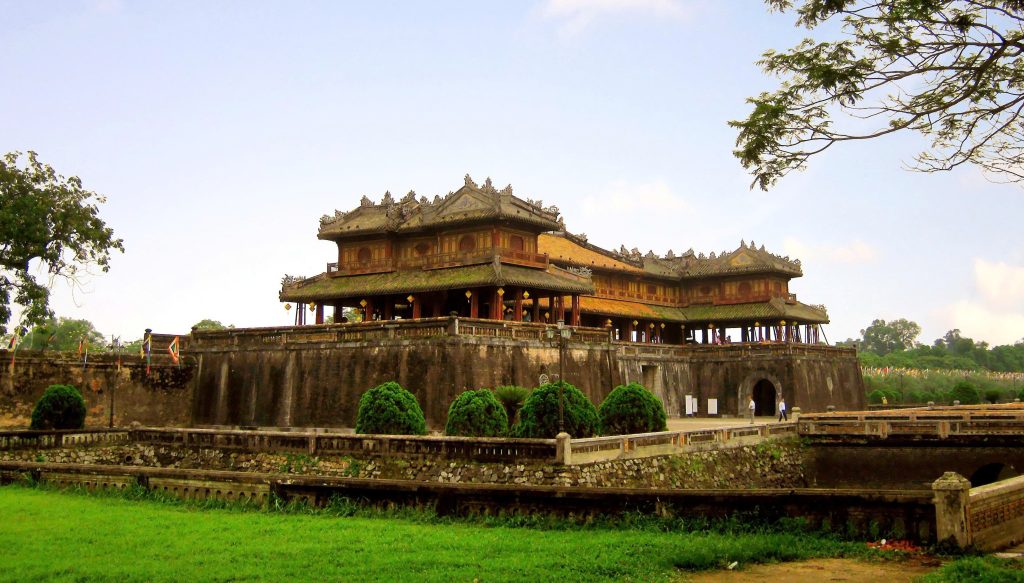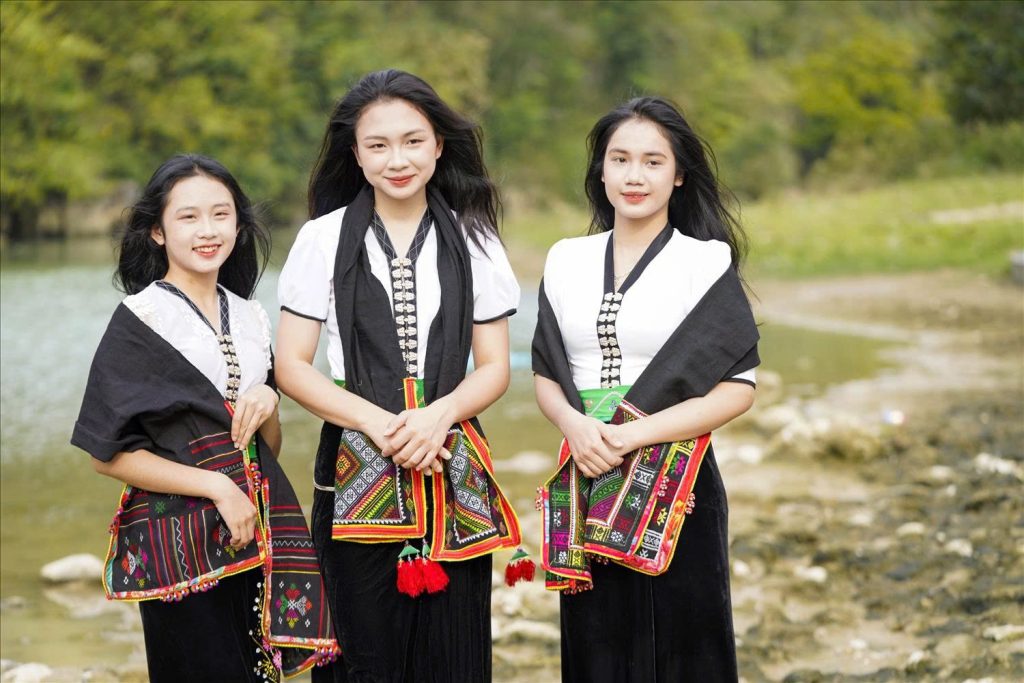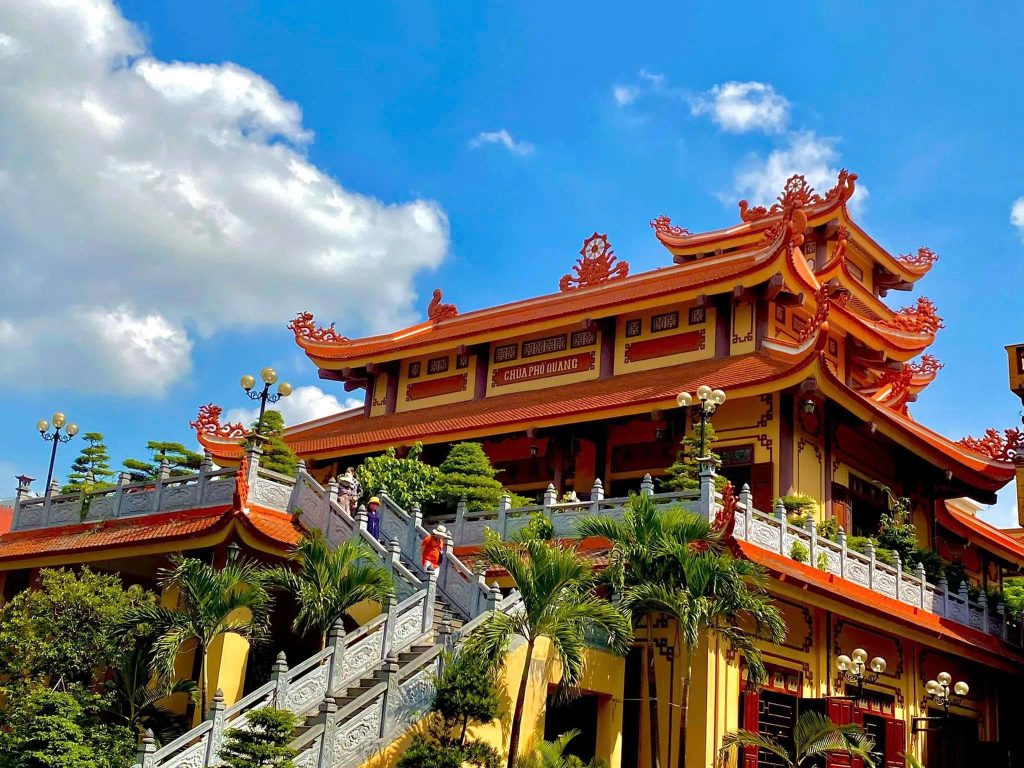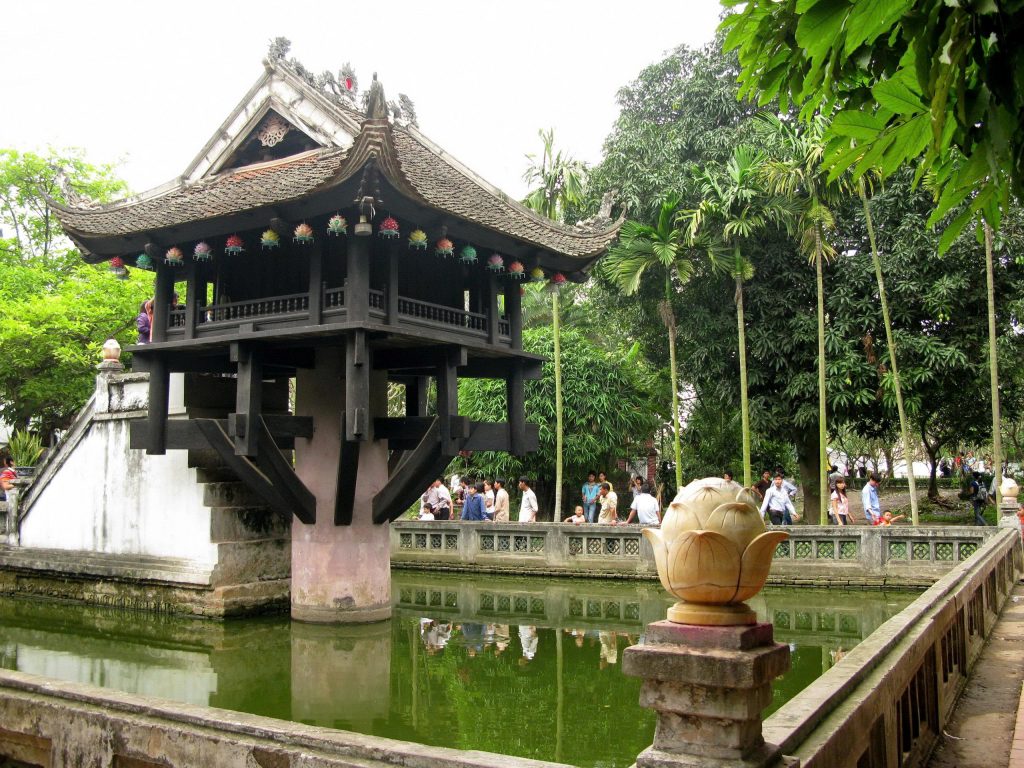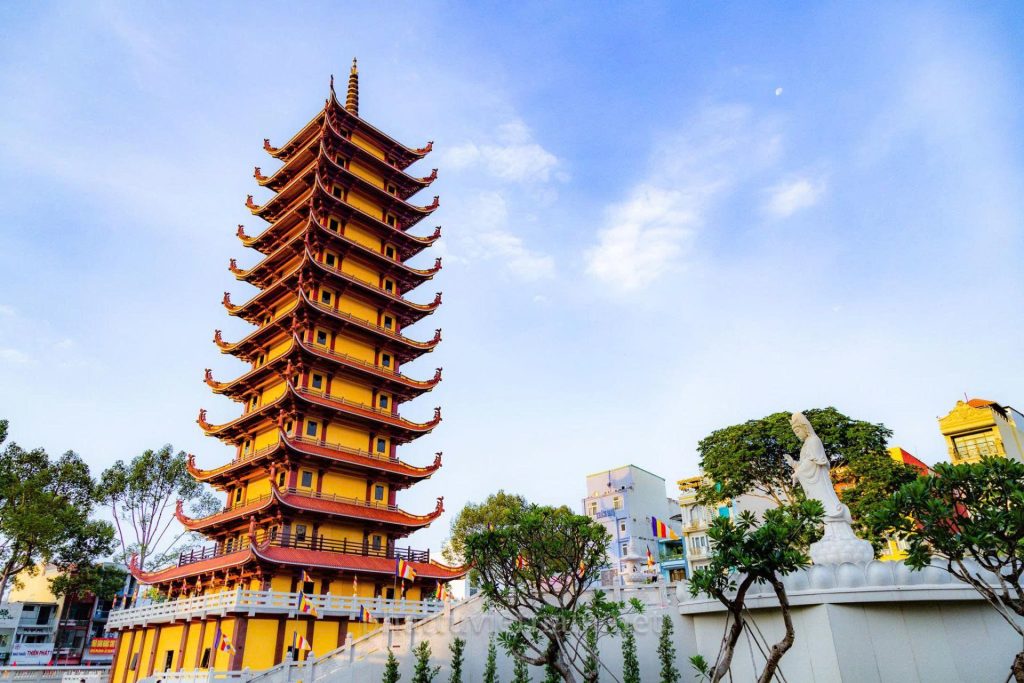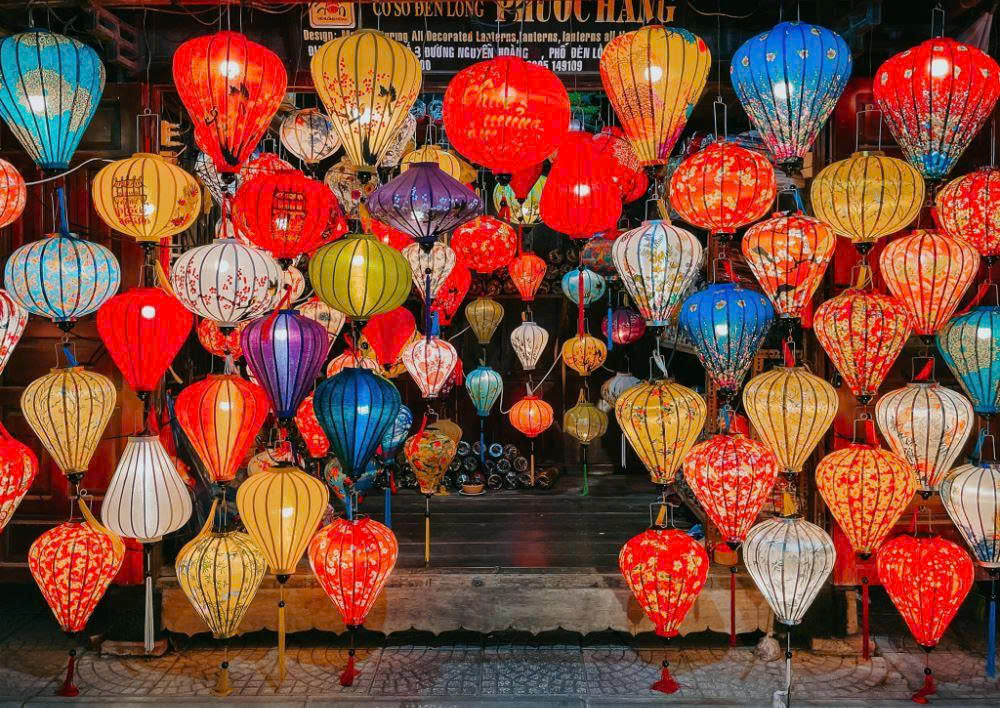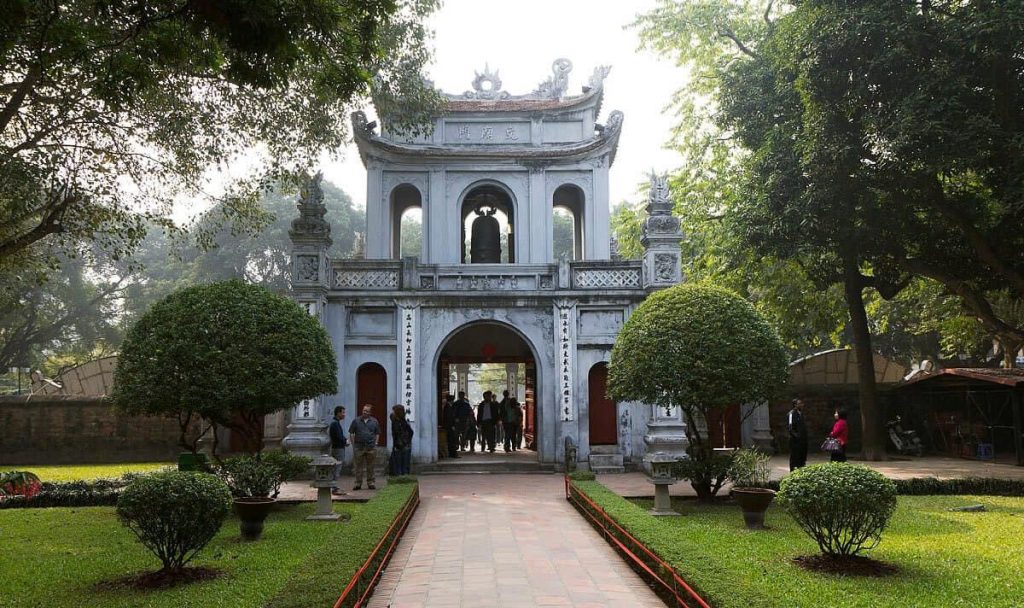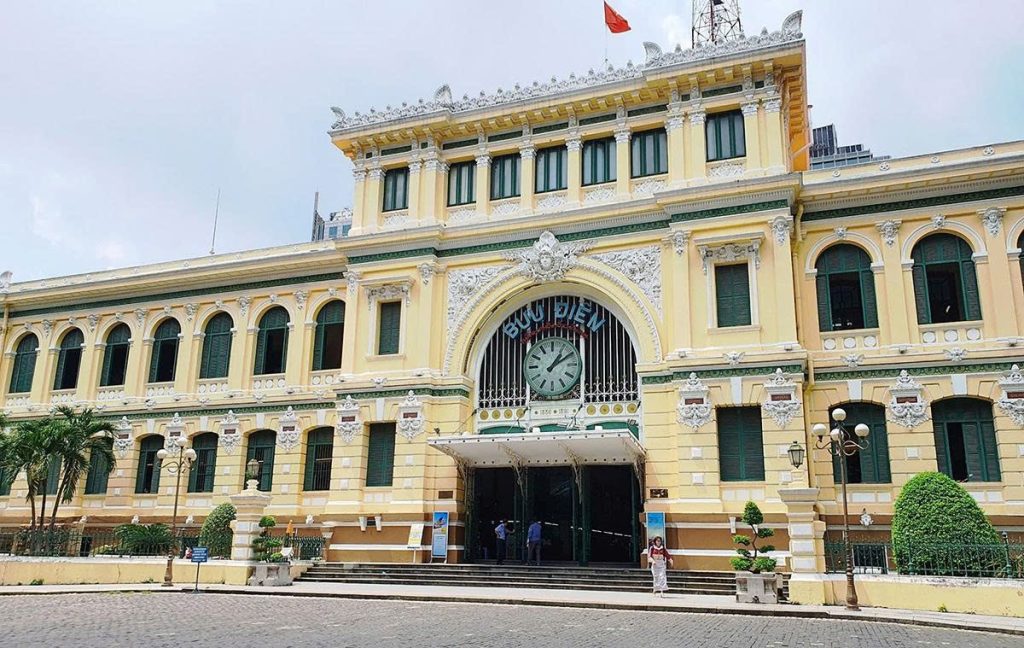The ao dai is more than just a beautiful garment; it is a symbol of Vietnam’s rich history, cultural resilience, and the graceful spirit of its people. This elegant tunic, worn over flowing trousers, has evolved through centuries of change, becoming a powerful emblem of national identity. Understanding the ao dai’s past and its deep meaning is key to appreciating its role in Vietnamese culture, from ancient dynasties to the modern era.
The Historical Evolution of Vietnam’s National Dress
The ao dai didn’t appear overnight. Its origins can be traced back to early Vietnamese garments, which were heavily influenced by historical and political shifts. The journey of the ao dai reflects the country’s own story of adaptation and pride.
From Early Robes to the Five-Panel Gown

The earliest predecessor of the ao dai was the Ao Giao Lãnh (cross-collared robe), a simple, traditional garment worn by both men and women. During the 17th century, Lord Nguyen Phuc Khoat of the Nguyen Dynasty ordered new attire for his people to distinguish them from those in the north. This led to the creation of the Ao Ngu Than (five-panel gown).
- The Symbolism of the Ao Ngu Than This garment had five panels, representing the four parents and the wearer themselves. It also had five buttons, which stood for the five cardinal virtues of a scholar: humanity, righteousness, propriety, intelligence, and trustworthiness. These subtle details reflected the deeply philosophical and moral values of Vietnamese society.
The Modernization of the Ao Dai
In the early 20th century, Vietnamese artists and designers began modernizing the ao dai. This period was crucial in shaping the garment we know today.
- The Le Mur Ao Dai One of the most significant changes came from a group of artists in Hanoi. Artist Nguyen Cat Tuong, also known as Le Mur, created a new version that featured a more fitted bodice, puffed sleeves, and vibrant colors. While initially controversial, this style paved the way for the sleek, form-fitting ao dai that would become a national icon.
The Ao Dai in the 20th and 21st Centuries

The ao dai faced challenges during periods of war and social change, but it always returned as a symbol of cultural pride. In the 1960s, a new, tight-fitting version with a high collar became popular, solidifying the ao dai’s status as a symbol of grace and femininity. Today, it is worn for special occasions, from weddings to school ceremonies.
The Profound Meaning and Symbolism of the Ao Dai
Beyond its physical beauty, the ao dai carries layers of cultural and philosophical meaning that resonate with the Vietnamese people.
A Symbol of Femininity and Modesty
The design of the ao dai is both revealing and conservative. The two long panels gracefully flow to the floor, yet the high collar and long sleeves ensure modesty. This balance perfectly embodies the traditional ideal of Vietnamese women—elegant, gentle, and respectable.
A Reflection of National Pride and Identity
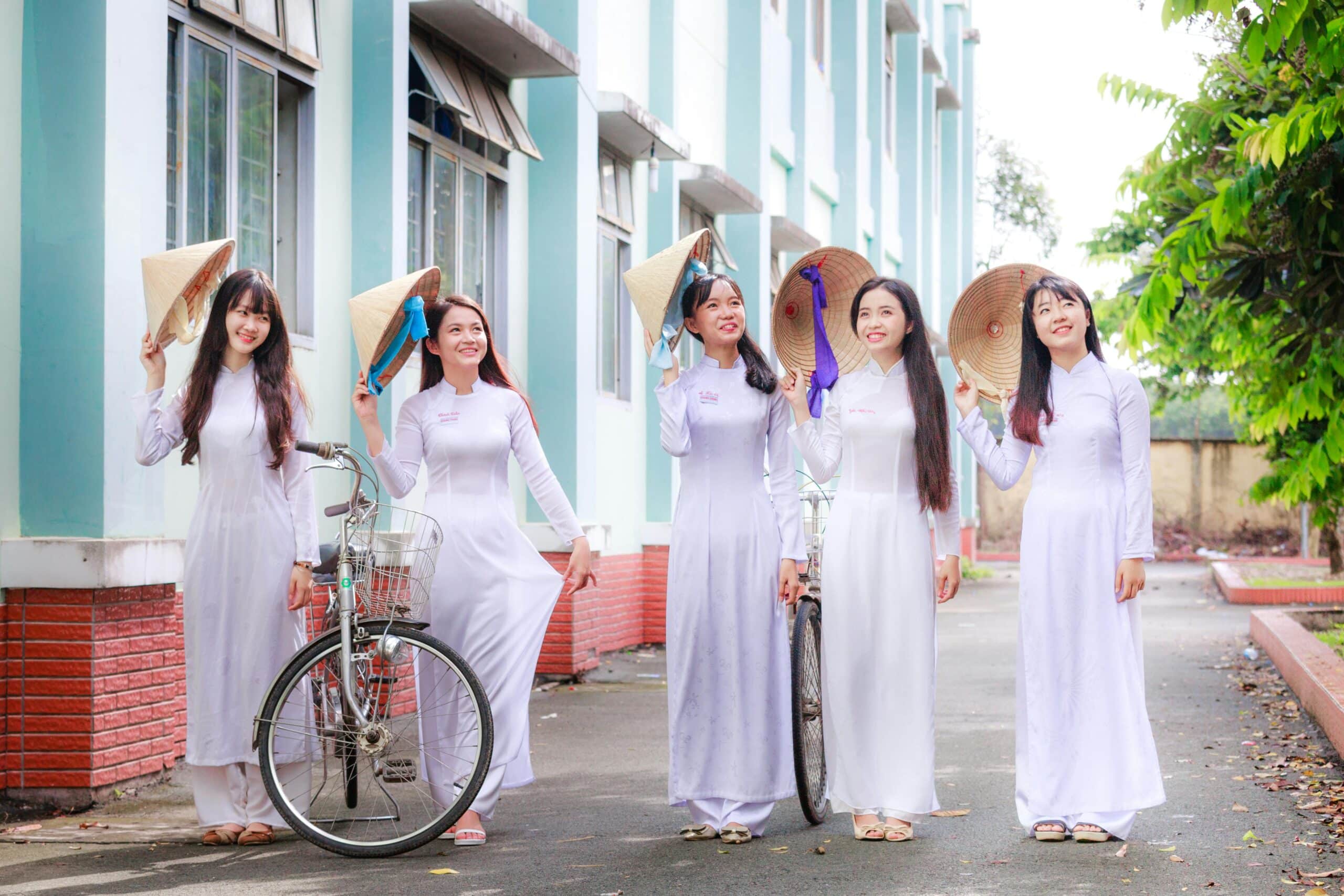
The ao dai is the official national dress of Vietnam. It is a powerful entity that links every Vietnamese person, regardless of where they live. For the Vietnamese diaspora, wearing the ao dai is a way of connecting with their heritage and expressing a strong sense of cultural identity.
The Symbolism of Colors and Materials
The color of an ao dai often conveys specific meanings. For instance, a white ao dai represents purity and innocence, often worn by students. A red ao dai is a symbol of luck and happiness, making it a popular choice for brides. The silk, velvet, and brocade fabrics used in crafting the ao dai are often handmade and embroidered with patterns of flowers, dragons, and lotuses, each telling a story of nature, prosperity, and tradition.
RELATED: Traditional Vietnamese Wedding Ceremony: Comprehensive Guide
The Ao Dai in a Modern Context
Presently, the Ao Dai continues to embody the essence of Vietnamese identity and aesthetic appeal. It is seen everywhere, from:
- Schools: White Ao Dai is the standard uniform for female high school students, embodying purity and innocence.
- Special Occasions: It is the quintessential attire for Tet (Lunar New Year), weddings, traditional festivals, and formal diplomatic events.
- Professional Settings: Many flight attendants, hotel staff, and public servants wear the Ao Dai as part of their uniform.
- Fashion and Arts: Modern designers continually reinterpret the Ao Dai, experimenting with new materials, cuts, and patterns while preserving its core essence. It frequently graces international fashion runways and beauty pageants, representing Vietnam on the global stage.
RELATED: Discover Vietnamese Culture: Unveiling the Soul of a Nation
Today, the ao dai continues to evolve while honoring its traditions. Fashion designers are experimenting with new materials, colors, and cuts, creating modern versions that are both comfortable and stylish. These new designs ensure that the ao dai remains relevant, a living piece of art that bridges the past and the future. From a high-fashion runway to a traditional Vietnamese wedding, the ao dai continues to captivate and inspire.


